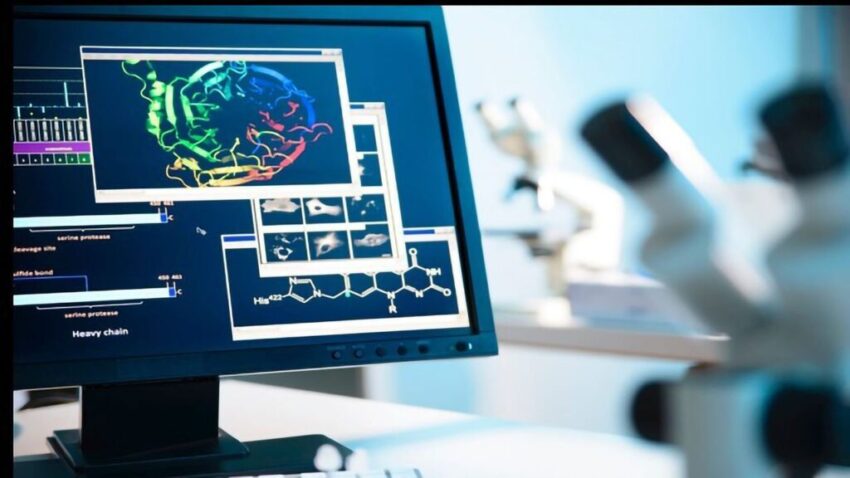Proteomics is the large-scale study of proteins, particularly their structures and functions. By applying advanced techniques from molecular biology, biochemistry and biophysics, proteomics research aims to characterize the entire set of proteins, known as the proteome, produced by the genes within a cell, tissue or organism. This emerging field promises to revolutionize our understanding of biology and lead to breakthroughs in medicine by revealing how proteins work together to carry out life’s functions.
What is the Proteome?
The proteome encompasses the entire set of proteins expressed by a genome, cell, tissue or organism at a given time under defined conditions. While the genome is static, the proteome is dynamic and varies between cell types, developmental stages and in response to external stimuli or disease states. Mapping and analyzing a proteome gives insights into cellular pathways, protein interactions and disease mechanisms that genomic analysis alone cannot provide. A key goal of proteomics is to profile the proteomes of model organisms, human tissues and biofluids to better understand health and disease processes.
Techniques for Proteome Analysis
Technological advances over the past two decades have propelled Proteomics into a productive phase of discovery. Key techniques used in proteomics include:
– Mass spectrometry, the workhorse technology for identifying and quantifying proteins. Improved mass spectrometers can sequence proteins faster and more accurately.
– Protein separation methods like 2D gel electrophoresis allow resolving thousands of proteins simultaneously based on size and charge. Newer techniques like liquid chromatography improve on gels.
– Antibody-based assays for targeted analysis of specific protein classes or pathways of interest.
– Bioinformatics tools for processing, analyzing and annotating large proteomics datasets. Protein databases facilitate matching sequenced peptides to known proteins.
Charting the Human Proteome
Mapping the human proteome is a major goal that promises new insights into human health and disease. The Human Proteome Project coordinates international efforts to characterize the human proteome at various levels including:
– The tissue-specific human proteome – profiling protein expression across different cell and tissue types provides insights into tissue function.
– The biofluid human proteome – studying proteins found in bodily fluids like blood, urine and cerebrospinal fluid could yield disease biomarkers.
– The organelle human proteome – mapping proteins localized to specific subcellular comparttries reveals organelle functions.
– The post-translational modification human proteome – characterizing protein modifications regulates protein activity and interactions.
– The disease-associated human proteome – profiling changes in proteomes related to diseases expands our understanding of pathogenesis.
Applications of Proteomics
By providing functional information beyond what can be inferred from DNA or RNA sequences, proteomics has enabled:
– Biomarker discovery – disease-specific protein profiles in biofluids can be developed into clinical diagnostic or prognostic tests.
– Pharmacoproteomics – predicting drug response and adverse effects by profiling how drug administration alters protein expression levels.
– Toxicoproteomics – assessing toxic effects of environmental chemicals by identifying altered protein expression patterns.
– Systems biology – integrating proteomics data with genomics and metabolomics to map out molecular networks controlling cellular processes.
The Future Promise of Proteomics
As high-throughput technologies continue advancing, proteomics will yield deeper insights into cellular functions and drive innovations across a spectrum of fields:
– Personalized medicine – tailoring treatment based on an individual’s proteomic profile to optimize outcomes.
– Drug target discovery – identifying novel protein targets for therapeutics.
– Aging research – charting proteomic alterations underlying the aging process.
– Agriculture – improving crop yields by elucidating stress response pathways.
– Biotechnology – engineering organisms with desired phenotypes through directed protein expression changes.
Proteomics has revolutionized our understanding of molecular biology by providing functional details of how genomes are expressed into phenotypes. Realizing the full potential of this powerful discipline promises profound insights into development, health, and diseases with applications that could transform medicine and biotechnology in the coming decades.
*Note:
1. Source: Coherent Market Insights, Public sources, Desk research
2. We have leveraged AI tools to mine information and compile it

